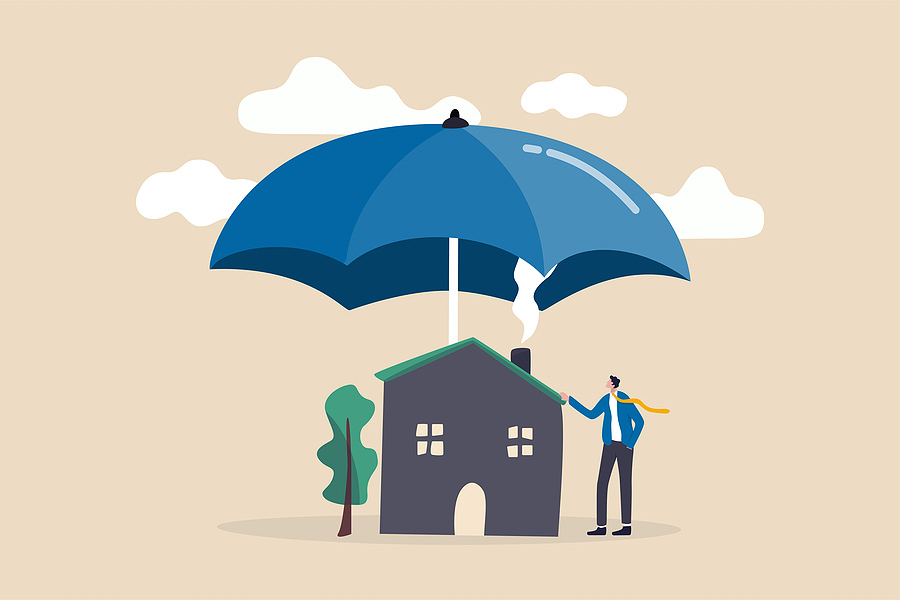Loss Assessments

In the Midwest, we’re all too familiar with summer storms and the damage they can cause to houses and buildings. HOA reserve funds are available for unexpected damages or emergencies, but using them could cause the association to be short on funds for future projects and non-insurance related repairs. Understanding how your insurance policies work can make claims and repairs a much smoother process. With heavier storms, sometimes the master policy isn’t enough to cover damages. Unit owners may need to help pay for repairs for damages to shared buildings, such as shingles being torn off a condo roof. The master policy can only pay up to coverage limits, so it’s up to the homeowners to pay the rest. The amount owed is assessed by the association, and as an owner, it is your responsibility to pay your share. However, needing to pay for community damages doesn’t mean you’re paying out of pocket. It’s a good idea as a homeowner to get Loss Assessment Insurance under your HO6 policy, if not already required. In addition to property damage, this coverage helps to pay for injuries on the premises, liabilities, and deductibles under the master policy. Homeowners who have appropriate coverage under their HO6 policy can submit a claim to their insurer. As a member of the HOA board, consider making it a requirement for owners to have loss assessment coverage to avoid any collection problems, as these assessment costs can often exceed $10,000 per unit. Boards should also work with their HOA management company to make sure that they are navigating these issues correctly. Insurance claims and loss assessments can seem confusing, but Sharper Management is here to help guide you through those difficult times.
Loss Assessment Coverage
There’s no doubt that understanding insurance coverage in an Association can be confusing. One important distinction in your personal homeowner policy (commonly called an HO6 policy) is Loss Assessment coverage. Depending on the carrier, this coverage may be different from your real property coverage. Real property coverage should cover your personal contents, coverage of building construction items like flooring and walls that may not be insured by the master association policy (which can vary greatly by Association) and, at a bare minimum, coverage of all of those covered components up to the Association’s master policy deductible. Loss Assessment Coverage can be different. Loss Assessment coverage will cover you should the Association assess a deductible or damages back to you. For example, if your sink caused a backup and it flooded the floor below you, the Association may assess the master policy’s deductible back to you if it was a covered loss under the Association’s policy. Another scenario is if there is a hailstorm that damages the roof of your building. The master insurance policy may cover it; however, the Association can make up the deductible by assessing it back to you and/or the other units affected. Finally, Loss Assessment coverage provides protection should there be a loss that exceeds the Association’s coverage amounts – or for items that may not be included in the overall coverage scope. One again, the Association could assess the overage or uncovered items back to you as a homeowner. You should talk to your personal insurance agent to ensure you have Loss Assessment coverage as part of your policy. At a minimum, it should be equal to the Association’s master policy deductible. You should also check your Association’s Governing Documents, as many Associations require homeowners to carry Loss Assessment coverage.
